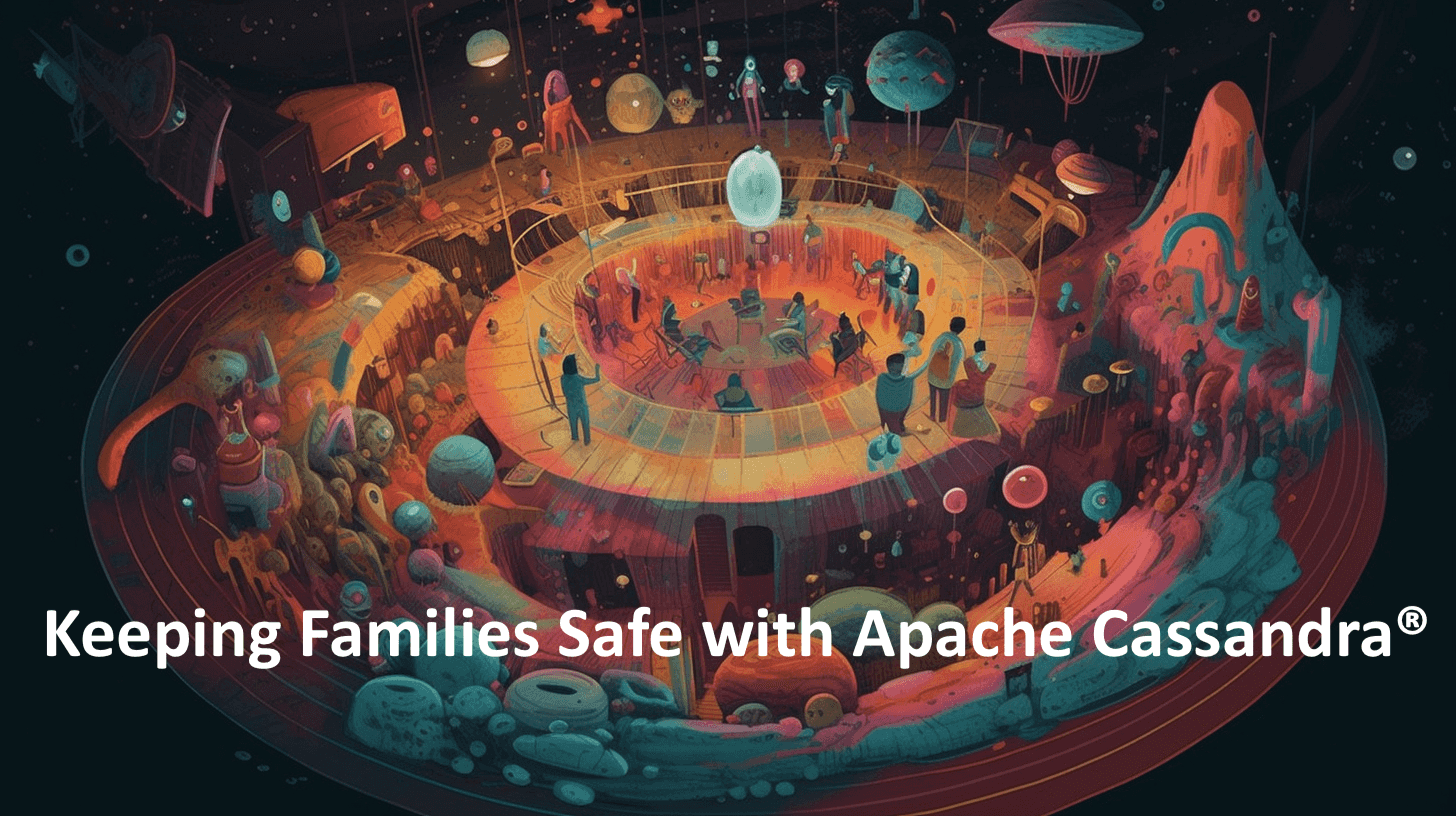Enhancing Circle’s Services with Apache Cassandra®

A Deep Dive into Circle’s Data Management, Scalability Solutions, and Real-World Applications
Circle is a leading provider of content filtering and screen time management solutions for families. With a wide range of technologies in use, Circle faces numerous challenges in managing large amounts of data, ensuring high performance, and maintaining availability. To overcome these challenges, Circle relies on the power of Apache Cassandra®. This use case blog offers an in-depth look at how Circle enhances its services using these technologies.
Based in Portland, Oregon, Circle offers content filtering and screen time management solutions to families through its Circle Home Plus device and Circle Parental Controls App. These services help families manage internet-connected devices, providing content filtering, time limits, bedtimes, and mobile device management. Circle’s infrastructure is hosted on AWS, and its microservices are primarily written in Go.
As a fast-growing company, Circle faces several data management challenges:
- Right-sizing the database for current and future growth: Predicting the required database size and adjusting it accordingly can be difficult.
- Ensuring high performance and availability during unplanned loads: Unanticipated loads can negatively affect the core product and customer experience.
- Anticipating the storage and compute needs of various data types: Striking the right balance between storage and compute resources is crucial for optimal performance.
- Scaling up without affecting the core product and customer experience: The ability to scale up seamlessly is essential for a growing business.
To address these challenges, Circle has turned to Apache Cassandra, which offers several key benefits:
- Scalability: Apache Cassandra is designed to handle massive amounts of data across many servers, making it an ideal choice for Circle’s growing data management needs. Cassandra can handle read and write workloads with linear scalability, allowing Circle to easily accommodate more users and data without experiencing performance degradation.
- High Performance: Cassandra is known for its high performance, especially when it comes to write operations. With its distributed architecture, Cassandra can maintain low latency and fast response times, ensuring that Circle’s services run smoothly and efficiently.
- Fault Tolerance: Cassandra’s distributed architecture provides excellent fault tolerance, ensuring data availability even during hardware failures or network issues. This is particularly important for Circle, as they must maintain consistent service quality and avoid downtime to deliver a seamless experience to their users.
- Flexible Data Model: Cassandra’s flexible data model allows Circle to store and manage different types of data without the need for a rigid schema. This flexibility enables Circle to evolve their data model over time, accommodating new features and requirements without significant overhead.
- Decentralized Architecture: Cassandra has no single point of failure, as it operates on a decentralized, peer-to-peer model. This ensures that Circle’s data remains available and accessible even during server failures, providing enhanced reliability and resilience.
- Multi-Datacenter and Cloud Support: Cassandra can be deployed across multiple data centers and cloud environments, allowing Circle to distribute their data geographically. This feature is particularly useful for ensuring low-latency access to data and providing disaster recovery options.
- Tunable Consistency: Cassandra allows Circle to adjust the consistency level of read and write operations based on their specific requirements. This tunable consistency ensures that Circle can balance performance, availability, and data accuracy according to their needs.
Circle has successfully implemented Cassandra for various use cases, including:
- Usage emails: Circle sends weekly usage emails to customers detailing the usage of different profiles in their accounts. Astra DB has proven to be a reliable and scalable solution for handling the large volume of data required for this feature.
- Proof-of-concept projects: Cassandra allows Circle to quickly create and test new ideas, while its scalability ensures that successful projects can seamlessly transition to production.
- IoT projects: In a personal project, Circle’s principal engineer Nathan Bak used Cassandra in a free tier of Astra DB to store and manage data from a temperature sensor in his daughter’s fish tank. This small-scale use case highlights the versatility of Cassandra in handling various types of data and workloads.
One of the standout attributes of Astra DB is its foundation on Apache Cassandra. Cassandra offers powerful scalability and performance, making it an ideal choice for Circle’s data management needs. With Cassandra, Circle can handle large amounts of data without worrying about hitting physical limits or compromising on performance.


